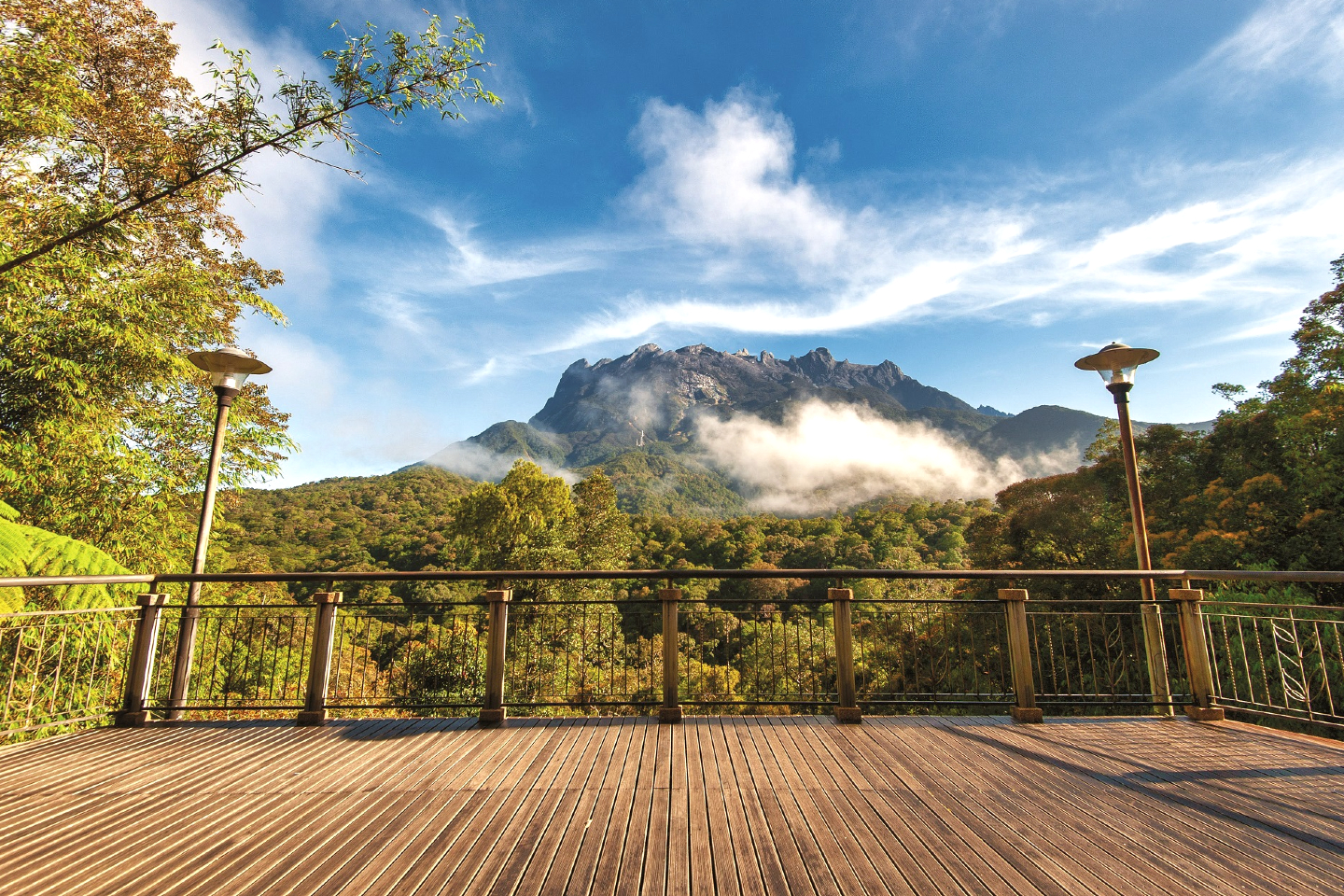
Kinabalu is Malaysia's pride and joy (All photos: Sutera Sanctuary Lodges)
Fans of artist and poet William Blake would be familiar with his seminal The Tyger, but there is much to love about his gnomic verses too, particularly the truism “Great things are done when men and mountains meet; This is not done by jostling in the street”.
For Malaysians living within the extended government-imposed cordon sanitaire, there is much opportunity to comply with Blake’s light-hearted admonishment. Blessed with an abundance of wild and natural beauty, the country itself is home to Mount Kinabalu, the highest peak found between the mighty Himalayas and the New Guinea Highlands. Encircling it is the Kinabalu National Park, which covers an area of 754 sq km and is home to two mountains: Kinabalu (4,095.2m), after which the park takes its name and whose etymology is actually derived from the Kadazan-Dusun words aki nabalu or “revered place of the dead”, as well as the twin-peaked Mount Tambuyukon (2,579m).
Classified as Malaysia’s first World Heritage Site, Kinabalu National Park attracts visitors for a multitude of reasons, from those seeking a challenge or to challenge themselves to those who simply wish to bask in the glory of Mother Nature at her finest. The adventurous (and physically fit) gather at the Timpohon Gate from which all Kinabalu ascents begin while the botanically inclined may wander the length and breadth of the park (with a knowledgeable guide in tow, of course) in search of over 5,000 vascular plant species, birdlife and, if lucky, sightings of lowland mammal species such as bearded pigs, Thomas’ pygmy-squirrels and mouse deer.
suu_8752-edit.jpg
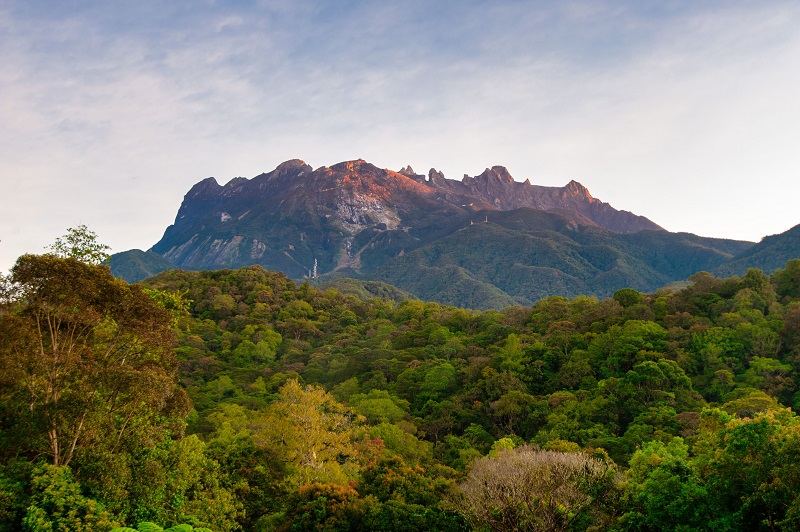
For the former, climbing Kinabalu takes a minimum of two days/one night and do know that it is now compulsory to stay a night as Sabah Parks has stopped issuing one-day-climb permits. There is no key season for climbing Mount Kinabalu as the different months of the year pose different challenges. It is generally accepted though that the months of February to April are generally drier, although global warming and climate change are fast putting paid to that theory. The first day begins with a five- to seven-hour trek from the Timpohon Gate in time to reach Panalaban for an overnight stay. The second ascent to the summit begins at 2am in order to reach Low’s Peak to catch the sunrise. This portion of the climb should take between two and four hours, after which you return to Panalaban to check out of your lodgings and then begin your descent.
Those who prefer to live life at a leisurely pace would appreciate spending hours at the park’s famed Botanical Gardens. Here, you may gaze upon marvellous specimens such as the world’s largest pitcher plant, the Nepenthes rajah, as well as the rarest orchid in the world, the Rothschild’s slipper orchid. It would do you well to join a guided tour as even those with an interest in botany would be hard-pressed to identify a quarter of the park’s staggering variety of flora. A personal favourite was the abundant Medinilla speciosa, whose nickname befits it perfectly — Showy Asian Grapes. The evergreen shrub’s bright pink pendulous berries are eye-catching and make an important food source for the park’s birdlife and certain wildlife. It is also prized by the locals, who value its medicinal and anti-inflammatory properties which, when consumed, can be a health supplement or even a remedy against stomach ailments and mouth ulcers.
kpphotogallery5.jpg
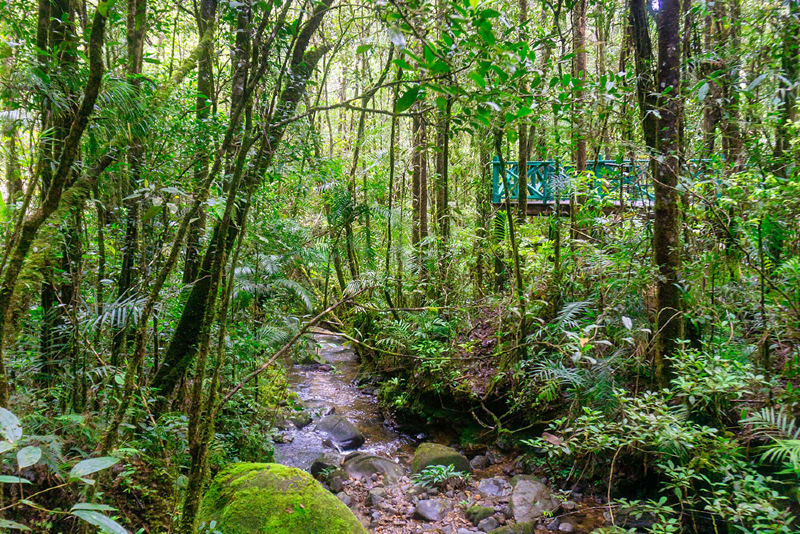
Non-climbers may still find much joy exploring the park’s nature trails, which cater for the occasional trekker as well as those who take their slopes and inclines seriously. Of the 12 key nature trails, the 3km-long Silau Silau trail is pleasant and comparatively flat. But if it’s a view you are after, then the Bundu Tuhan (“Valley of God” in Dusun) trail is recommended as it combines lush tropical rainforest with views of a nearby Kadazan-Dusun village. Birders are advised not to leave without hiking the Bukit Burung trail (whose name literally means “bird hill” in Malay) while those who find a sense of Zen with the sound of running water would appreciate the Liwagu River trail, which traverses many streams and waterways.
With the great outdoors occupying much of your time (and rightly so) when at Kinabalu National Park, finding the right place to stay is of utmost importance. After all, after a hard day’s trekking, few things beat being able to retire to a comfortably luxurious lodge, preferably with a hot toddy in hand and weary feet stretched out in front of a roaring fireplace. Thankfully, there is a selection of lodges in the park that would please even the most persnickety perambulator. Depending on the size of your group, hospitality company Sutera Sanctuary Lodges operates all of the accommodation on-site at Kinabalu National Park, including the Sayat-Sayat guest house — named for a local vegetation that grows around the area — at Panalaban base camp at Laban Rata (3,272m above sea level), the final stop before reaching Low’s Peak.
ssl_kundasang_64_1.jpg
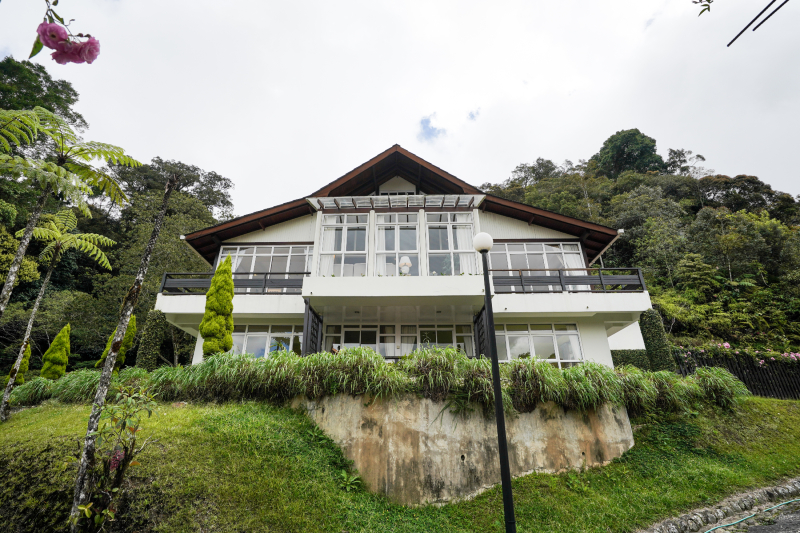
If you are travelling with a small group of friends or family members, the selection of eight villas and lodges all make charming options, whether it is pre- or post-Kinabalu climb or simply to spend a few days soaking up the park’s verdant vibes. Most come with living and dining areas as well as the thrill of a fireplace — the delight is even more pronounced now in these “new normal” days. The temperature can drop drastically at night and it would do you good to ensure you come equipped with your favourite brand of hot chocolate and marshmallows (we recommend Charbonnel & Walker and Markenburg respectively) to ensure escapism at its best.
For bigger groups, however, it is the impressive Rajah Lodge you want. Spanning 4,564 sq ft, the award-winning three bedroom property is fully ensuite and comes with all the requisite mod cons. But what gives it an edge over the others is its Jacuzzi and sauna — ideal for immersing weary bodies in after long rambles and treks.
Although your lodge or villa comes complete with dining facilities, there’s no need to faff about preparing meals — particularly not after a gruelling day’s hike. There are two restaurants on-site: the Balsam Cafe, which serves buffet-style meals (ideal if you’ve worked up a monstrous appetite) and the Liwagu Restaurant. The latter is by far more preferable, due to its menu that spans East and West and most particularly for its steamboat meals. Few pleasures in life can equal that of tucking into a hot pot spilling over with the freshest highland veggies and choice morsels of meat amid swirling mist and chilly mountain air.
ssl_-_night_sky_view_from_mount_kinabalu_-_byalexander.jpg
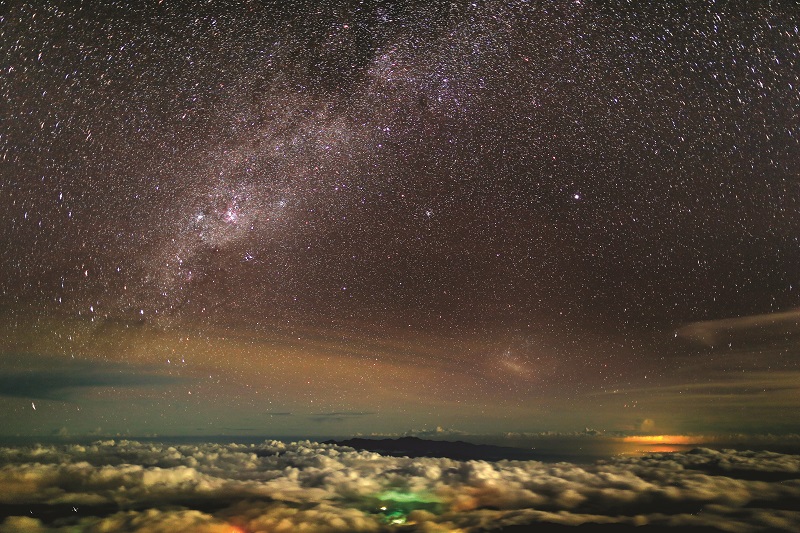
If you simply must leave the confines of the park, there are diversions aplenty, ranging from a shopping expedition to Nabalu Market, where wonderful local handicraft and edible treats abound, to Luanti River Fish Massage for an unforgettable fish spa experience or even a visit to the historic War Memorial Park. If the inability to travel far starts to get to you, then we must suggest a few hours spent at the bucolically picturesque Desa Cattle Dairy Farm, located in the Kundasang Valley at the foot of Mount Kinabalu, which evokes pastoral New Zealand at its best. With so much to see and do all in the shadow of Sabah’s mother mountain, Blake, despite having never visited Borneo, certainly got it right. Great things can be done when men and mountains meet.
This article first appeared on Dec 21, 2020 in The Edge Malaysia.


